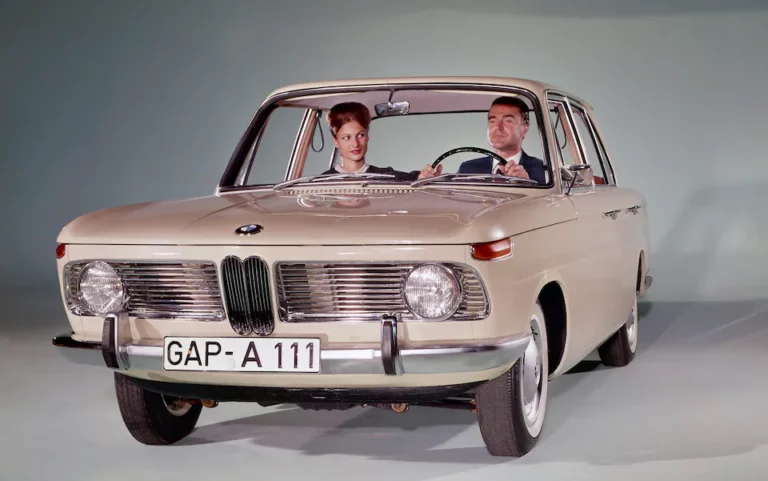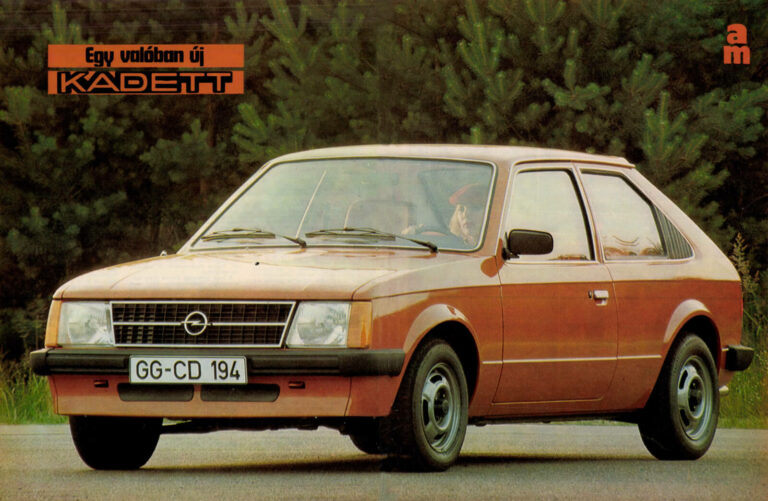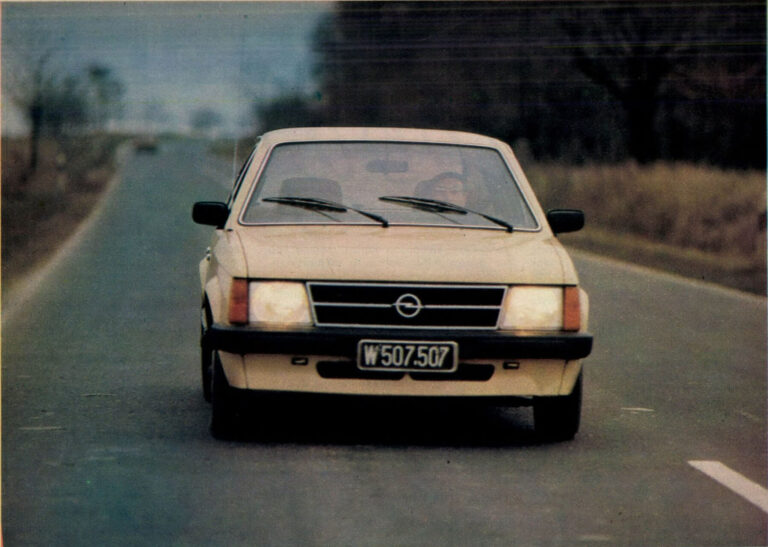1964-1973 - About the FIAT 850...
...and why there were so many of them on the roads at home
Anyone who lived their life with their eyes open to cars in the seventies and even in the eighties will remember how common it was, between the usual socialist line-up and the only traces of western brands, to find a "western" Fiat, and within that the 850.
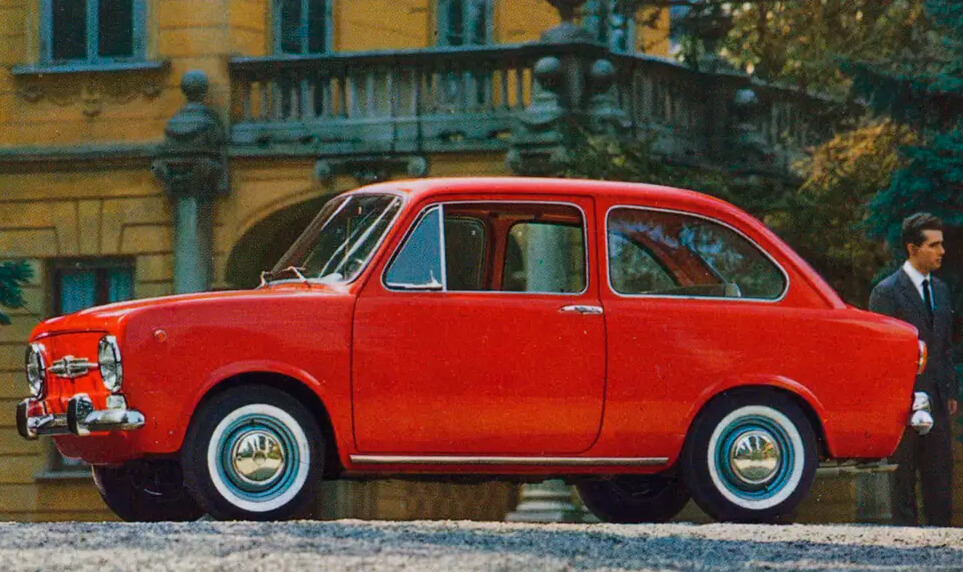
The base, 850-Berlina - Image source: garaz.cz
The car was so much a part of the domestic street scene at that time that our eyes and brains were stuck in the mass of existing models of socialism: we didn't look at it when we saw it, and it was not really an object of our desire, at least not any more than a Wartburg or a Skoda of the time, let alone a Lada.
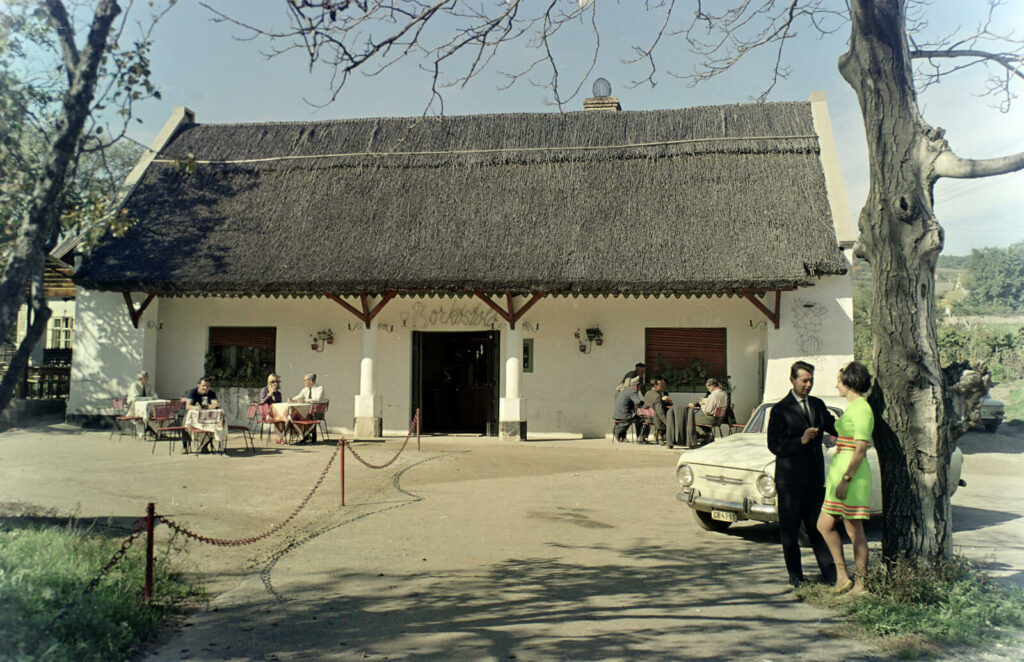
Hungary, 1969, Lake Balaton, Révfülöp the wine tasting of the Béke Tsz Birkacsárda in Kővágóörs - Image source: Fortepan 120889 / Inkey Tibor
But why was that?
The car itself, technically speaking, was not much out of the ordinary: it was up to the standards of the Western European "small car trend" of the sixties: neither the 843 cc engine nor the 120 km/h top speed were too low, and the shape - described in 1967 by Road & Track magazine as "one of the most beautiful, well-balanced designs ever seen on a small car" - was decidedly cool among contemporary small cars.
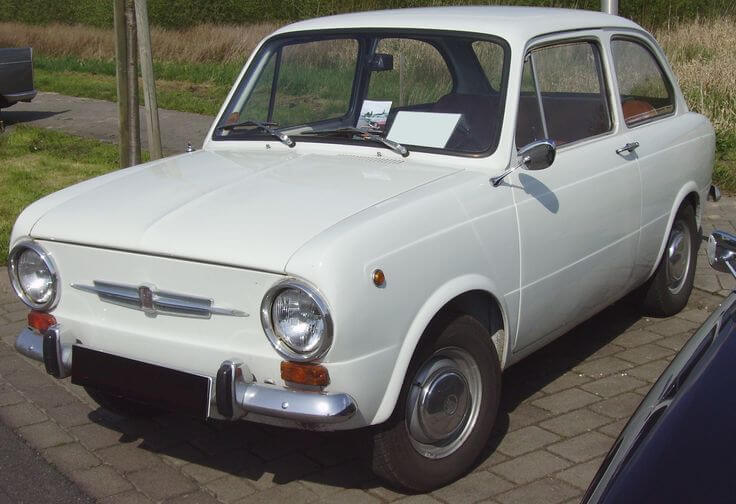
Image source: wikimedia.org
The 850 was also a very successful model, selling more than two million units in its nine-year production run, but it was also made in Spain as SEAT, in Bulgaria from factory parts as Pirin-Fiat, and inspired many versions of Abarth. It would be a mistake not to mention one of the most unusual recalls in automotive history: between 1978 and 1983, the US government recalled all cars for ten years because of their extreme corrosion problems.
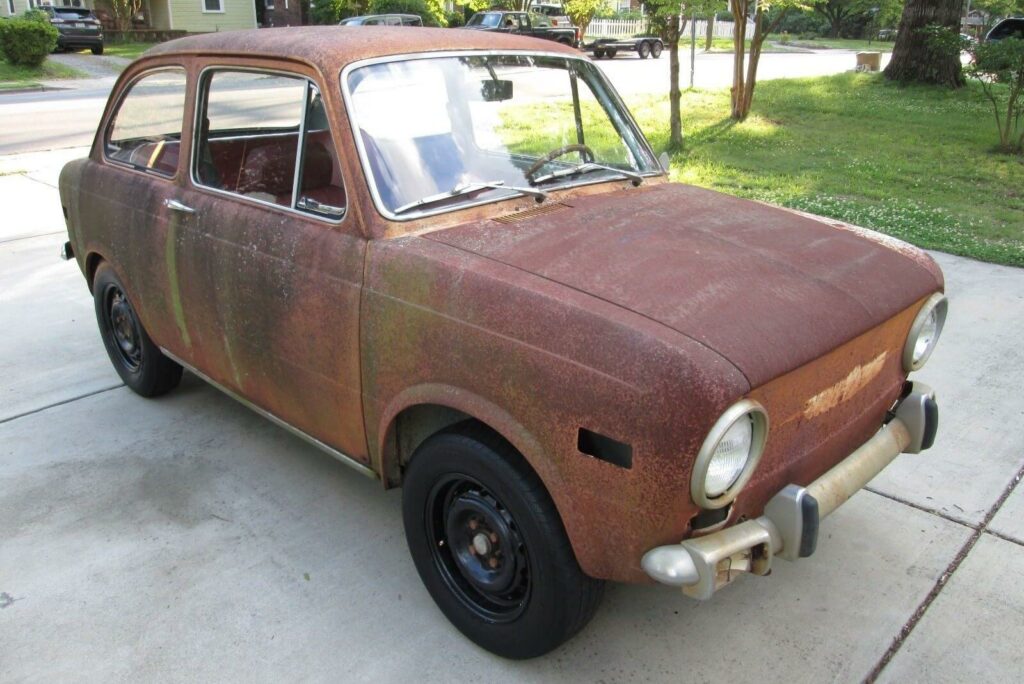
A copy from the USA. No, this is not a sticker. It really is that rusty. - Image source: barnfinds.com
In mid-1966, the press began to report that the car - together with the Renault 10 - would be included in the MERKUR range, and in the December offer list the car was already priced at 70 000 and 90 000 forints, including the coupé. For comparison, at the same time, on the same list, the Skoda 1000-MB cost 72 000 forints, the 600 - FIAT-licence - Zastawa 65 000, the 353 Wartburg Limousine 68 000 forints, or the latter would have cost only if it had been available.
A quick tour of domestic motoring history
According to the Hungarian Revolutionary Workers-Parast Government Decree No. 29/1958 of 15 April, which entered into force on the day of its publication, "A private individual may purchase a used passenger car with a domestic registration number without a purchase permit." The same change in the sale of new cars came a year later, with a new decree which, annulling the previous one, stated that: 'Any person holding a valid driving licence or, failing this, a valid official certificate of good conduct, may freely purchase a new or second-hand car with a national registration number. The Csepel Bicycle and Motorcycle Wholesale Company will satisfy the request of a private individual to purchase a new passenger car by means of a pre-registration system."
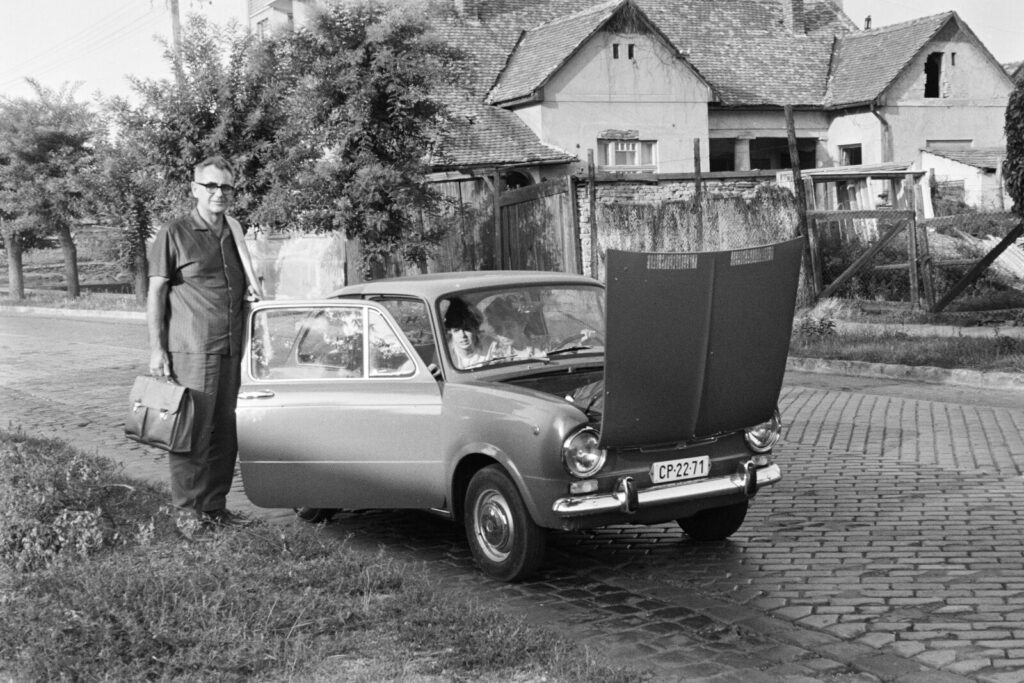
Somewhere in Hungary, 1967 - Image source: Fortepan 278621 / Artfókusz / Fábián József
It can be said without exaggeration that the beginning of mass motoring in Hungary can be dated from this date - 23 April 1959 - because although there were already a lot of cars on Hungary's roads before the war, it was from this date that the four wheels were replaced by two, at least in principle, that the cars were within the reach of the broad social strata.
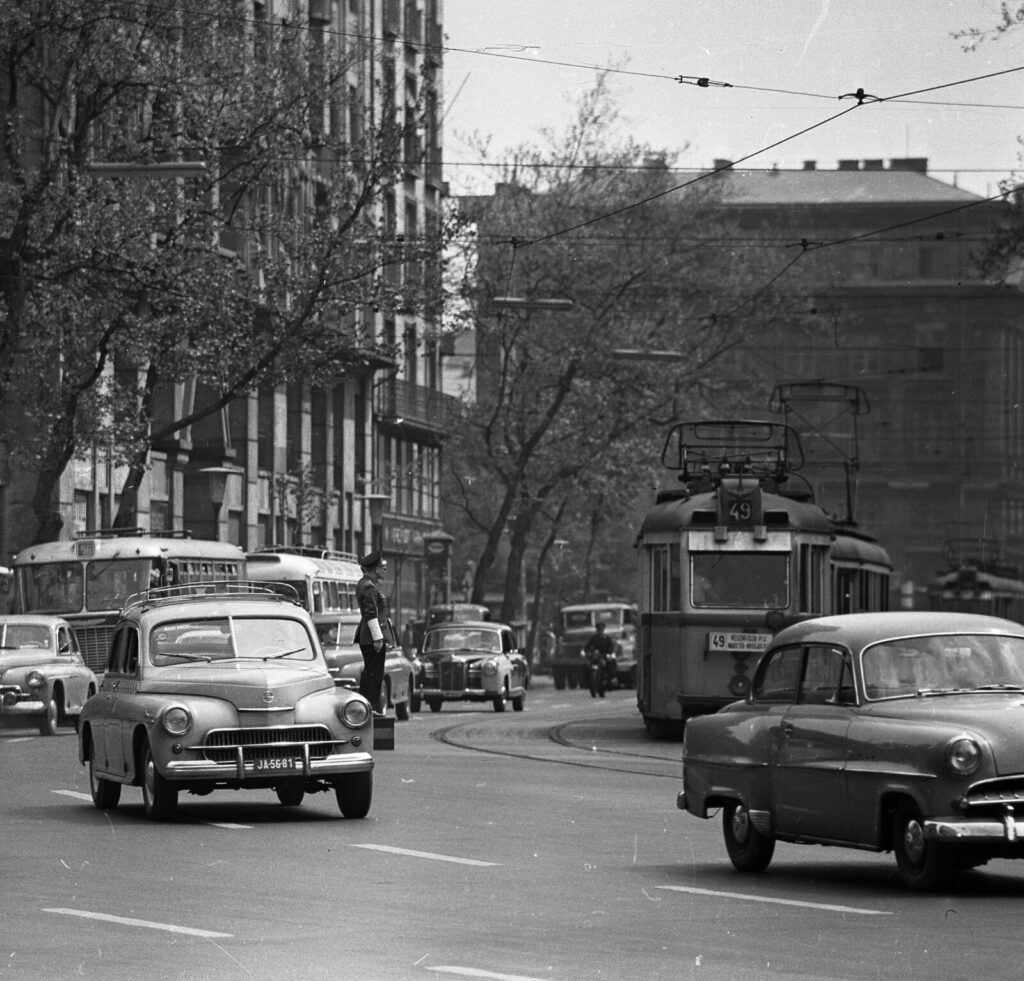
Traffic. Hungary, 1964, Budapest V., Budapest VII. Károly (Tanács) körút between Dohány utca - Rákóczi út - Image source: Fortepan 65049 / Hungarian Police
And it is from around this time that the notorious supply difficulties begin.
At the time, the Csepel Bicycle and Motorcycle Wholesale Company was responsible for selling cars imported by MOGÜRT and inspected by the Internal Trade Car Repair Company, but it soon became clear that the company was overwhelmed by the sudden surge in demand.
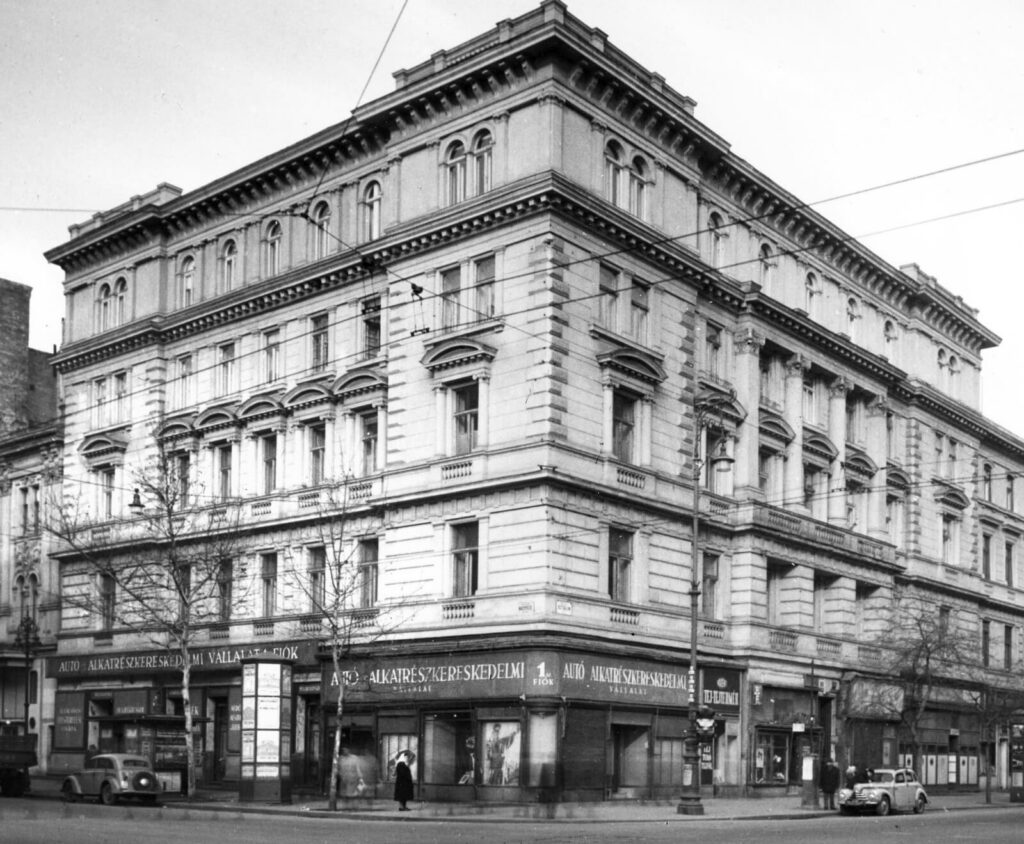
Branch No. 1 of the Car and Car Parts Trading Company. Hungary, 1955 Budapest VI Andrássy út (People's Republic Avenue) - Nagymező utca corner. The Budapest Dance Palace on the left of the corner house, next to it the Budapest Operetta Theatre.
In 1959, a little over half a year, 1200 Moskvits, 1050 Skodas, 750 Wartburgs, 250 Trabant, 200 Simca, 30 Volgas and 20 other new cars of various makes were sold to private individuals. Even then, the demand for 800 Moskvits, 1 000 Trabant, 400 Wartburg and 200 Skoda could not be met.
Plans for 1960 called for 3,500 cars - Moskvich, Skoda, Wartburg and Trabant - to be put on the market, but by March there were so many applications that only Moskviches were accepted for new reservations.
And the situation has deteriorated rapidly.
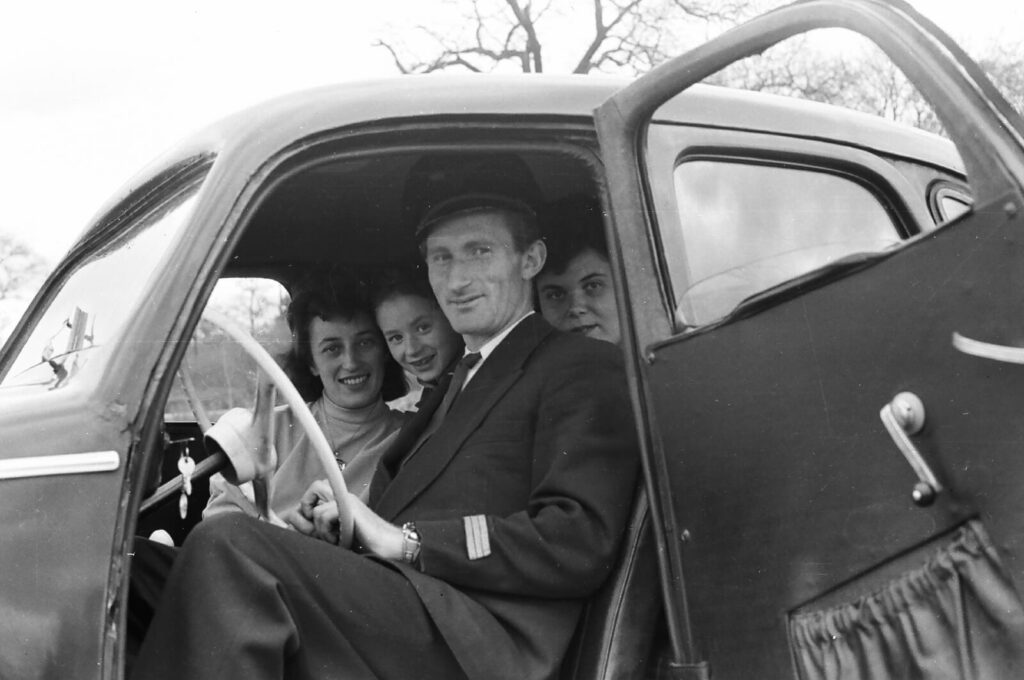
Trolley. Skoda 1101 (Tudor) passenger car, Hungary, 1960 - Image source: Fortepan 28108 / Umann Kornél
MERKUR was established on January 1, 1964, and the range included the Trabant and the Wartburg, and during the year the 403 Moszkvics and the Skoda 1000 MB were added to the range, but the volume of supply is clearly indicated by the fact that by May 31 - five years after the free purchase of cars was allowed - 101 Wartburgs and 172 Moszkvics had arrived at the MERKUR premises in the country, and even the 118 OTP prize-winning cars were drawn.
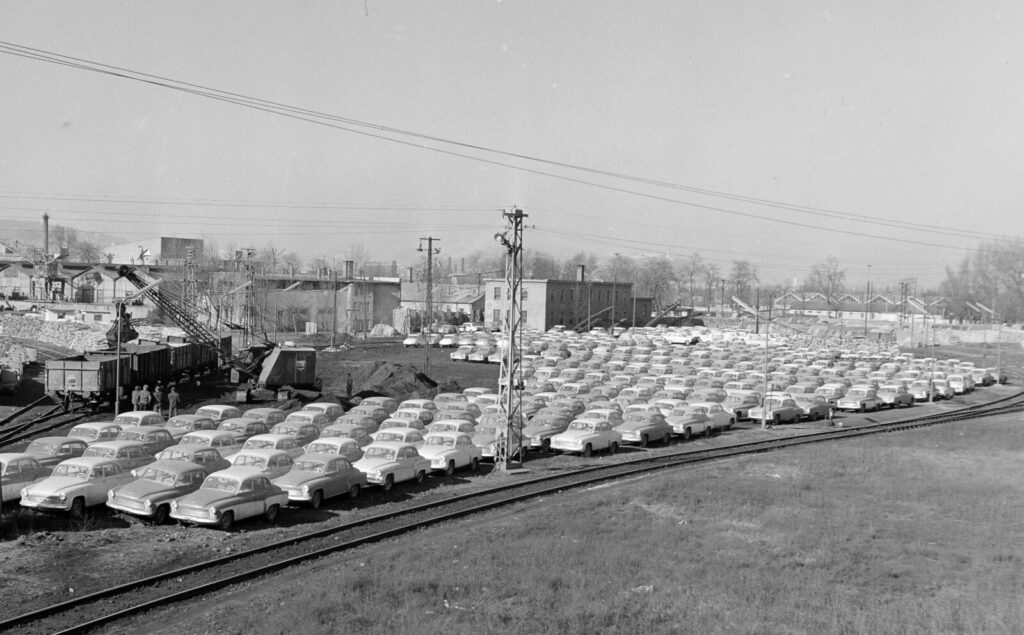
Hungary, 1966. Budapest XXI. Csepel, Merkur Passenger Car Sales Company's depot seen from a HÉV train - Image source: Fortepan 178430 / Bojár Sándor
Sales in 1965 did not even reach the tens of thousands; the range then consisted of the Trabant saloon and estate, the Wartburg 353 saloon and De-Luxe, the Skoda 1000MB, the Moskvich 403 and 408 and the Volga.
At that time, of course, Soviet FIAT cooperation was nowhere to be found; the industries of the KGST countries simply could not meet the demand.
Not just in our country, but elsewhere too.
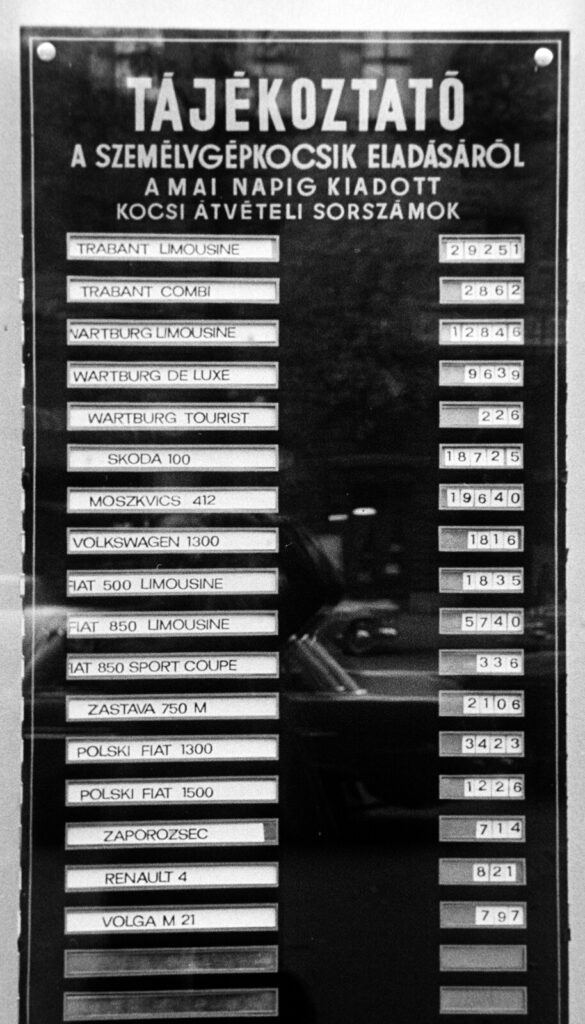
Hungary, 1970. Budapest, MERKUR carriage numbers - Image source: Fortepan 195660 / Bojár Sándor
In the countries where passenger car production was going on (GDR, Czechoslovakia, Soviet Union, etc.), the bulk of production was absorbed by the domestic market, or - as in the case of the Skoda 1000 MB, which was not a failure in the West - the cars were sold in the capitalist markets in the largest possible numbers. Romania reacted to the shortage by setting up Dacia, Bulgaria by producing Renault 8 and 10 under licence, but we did not have the capacity to even start producing passenger cars, in addition to the then already very important and successful Ikarus. (Let us add that we did not have the "great common political will" to do so.)
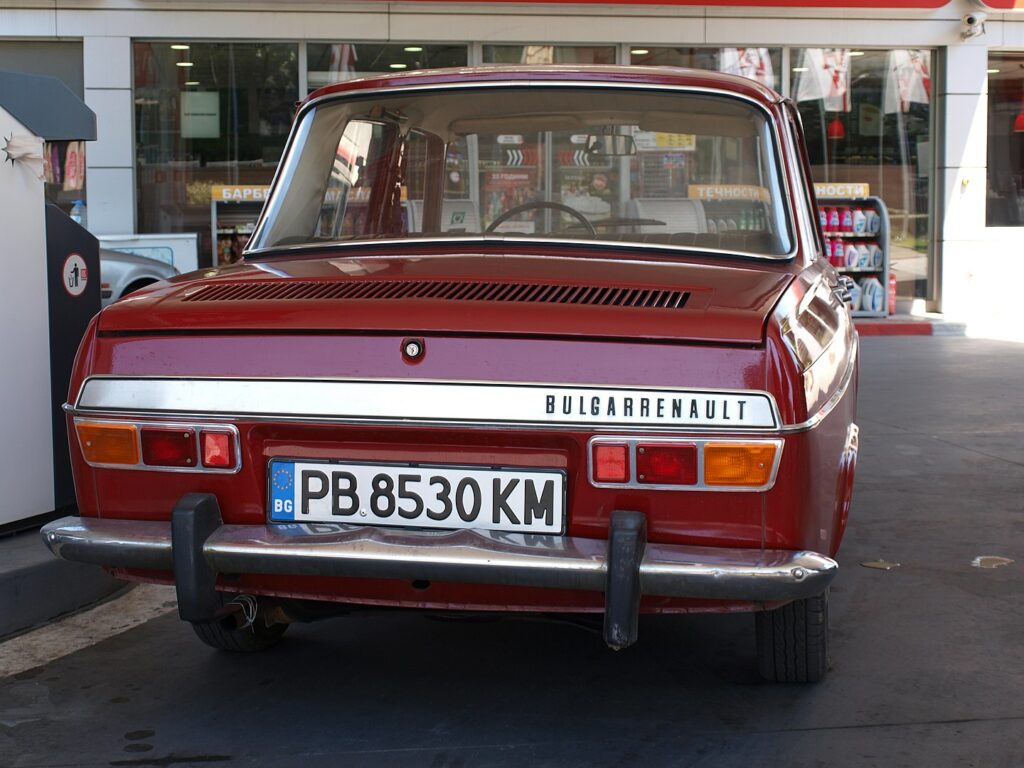
Bulgarians' answer to the car shortage, the Bulgarrenault - Image source: wikipédia / NONOTTE M
For us, that leaves Western imports, but this also needs some explanation.
As described above, the 850 FIAT (and the RENAULT 10 and FIAT 2300) were already priced in the end of year 66 lists, and a small contingent arrived in the country at the beginning of the following year. However, the beauty of the deal was that, from the very beginning of distribution, the western models distributed by MERKUR were only taken up for subscription on payment of 100% of the purchase price, as opposed to 50% for the eastern models.
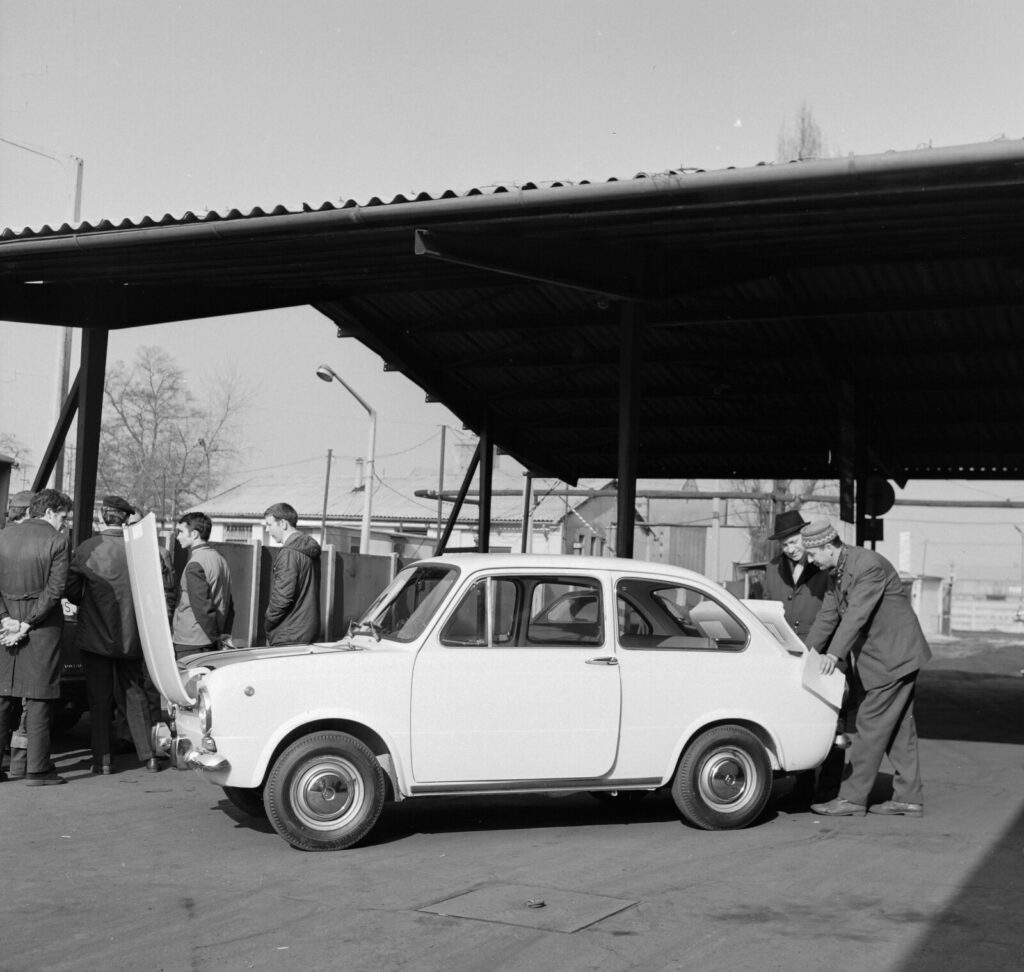
Hungary, 1970, Budapest XXI. Csepel, the Merkur Passenger Car Sales Company. Image source.
By 1968, some 16 % of the 21 222 cars sold each year were Western imports, with the FIAT 850 Limousine being the largest item.
Both supply and unit sales increased steadily thereafter, but so did consumer demand, which still could not keep pace with the inefficient KGST vehicle industry. From then on, therefore, some Western models - when, which - were continuously included in MERKUR's range until the company's demise in 1993.
So, that's why there were so many 850 FIATs on the roads in the seventies and eighties.
